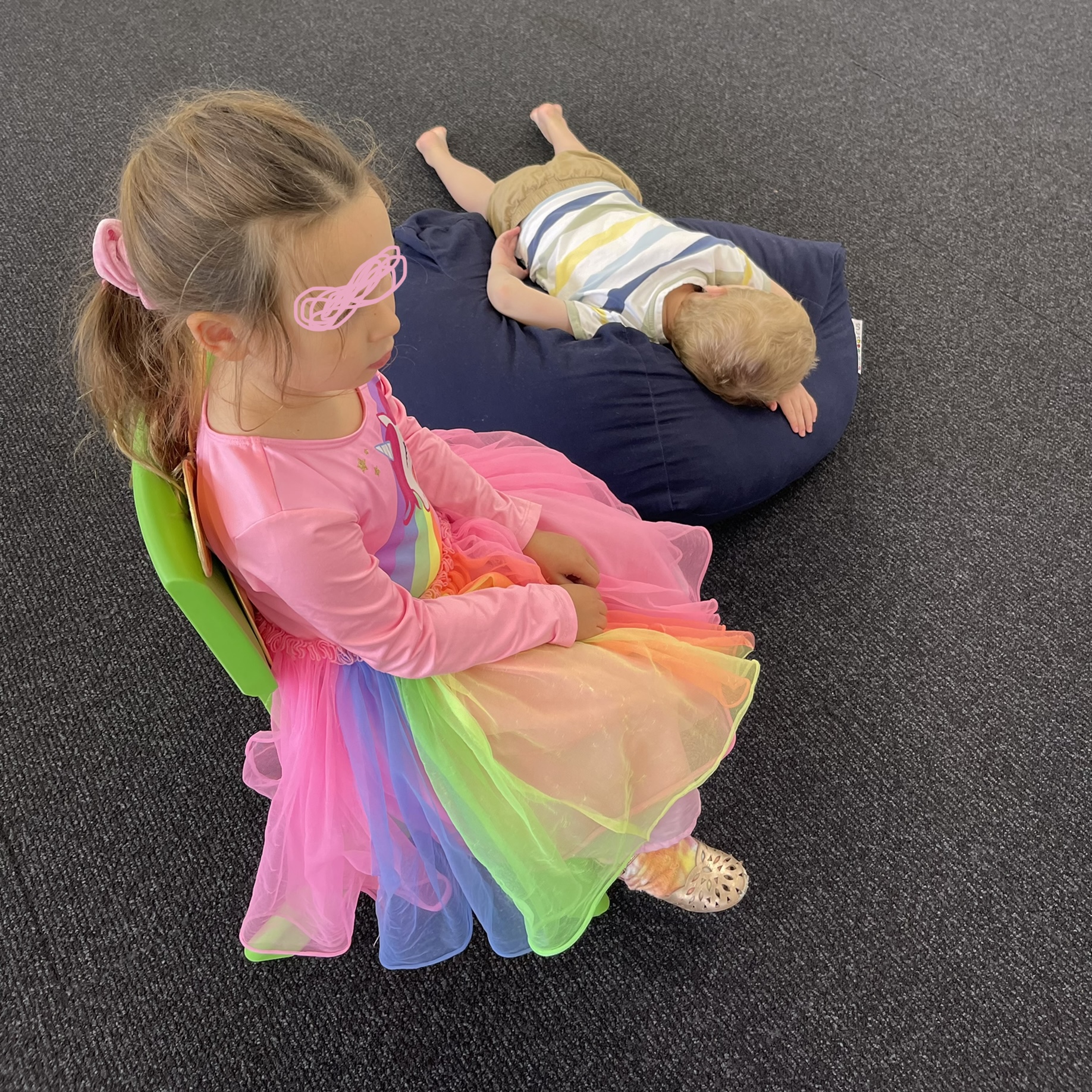
Managing Tantrums in Children with Autism: The Power of the Early Start Denver Model (ESDM)
Autism is a complex neurodevelopmental condition, and one of the big challenges for children with autism is managing tantrums. Early intervention is crucial for improving behaviour, and the Early Start Denver Model (ESDM) is an evidence-based intervention specifically designed for young children with autism. At OneOnOne Children’s Therapy in Bondi Junction and Mascot, we are proud to offer ESDM to help families manage these challenges and support their children’s development.
How Does the ESDM Help Manage and Improve Behaviour?
The idea behind tantrum behaviour in ESDM is straightforward: don’t reinforce the behaviour during a tantrum. If you reinforce it, the child will keep using that behaviour because it works. However, if you don’t reinforce it, the child will realise that the behaviour isn’t effective. This opens up an opportunity for the child to learn a better, more useful behaviour.
This approach is called the 4-step method, and it’s a key part of how the ESDM manages tantrums. Our parents find this strategy helpful in everyday situations. It’s also a useful approach for day care staff. For children with more severe behavioural issues, we recommend seeking specialised support from a psychologist or behavioural analyst.
The ESDM Four-Step Approach to Managing Tantrum Behaviour
Here are the four steps we use in the ESDM to manage tantrum behaviour:
- Stop engaging with your child as soon as you notice the behaviour starting to deteriorate.
- Look away from your child.
- Turn away or physically move away.
- Make sure they can still see you, but avoid eye contact.
- Don’t interact with your child during the tantrum.
- Don’t talk to them.
- Don’t negotiate or try to reason with them.
- Completely avoid any form of interaction at this point.
- Engage in something you know your child finds motivating or interesting.
- Continue to ignore the tantrum but engage in an activity your child usually enjoys. This could be a toy or a game, but you still do not directly engage with them.
- When your child calms down and approaches you, engage with them as if nothing happened.
- Offer them the object or activity they wanted and move on without mentioning the tantrum. The key here is to avoid discussing or dwelling on the tantrum.
What Does My Child Learn from the ESDM Approach?
Through this process, your child learns that the tantrum did not solve their problem because you didn’t reinforce the behaviour. Instead, they discover that coming back to you calmly leads to a positive interaction. This reinforces more appropriate behaviours and helps them move on without focusing on the tantrum itself.
It may feel counterintuitive not to talk or reason with your child during a tantrum, but engaging with them in those moments can unintentionally reinforce the negative behaviour. The ESDM approach helps break that cycle by encouraging better, calmer ways of communicating.
What If My Child’s Tantrums Continue?
If your child’s tantrums persist, it’s important to keep the lines of communication open between all the people involved in their care. This includes parents, day care staff, Speech Pathologists, Psychologists, and Occupational Therapists. Consistency across all environments is key to improving behaviour.
At OneOnOne Children’s Therapy in Bondi Junction and Mascot, our team of therapists is trained at the highest levels of fidelity in the ESDM. We’re dedicated to improving children’s lives by providing early intervention that works. If you’d like to learn more about how the Early Start Denver Model can help your child, please call our clinic on (02) 8065 7837 or email us.
Learn more about children’s progress in the ESDM here:
ESDM Therapy – Estelle’s progress
We’re here to support your child’s growth and development every step of the way.
